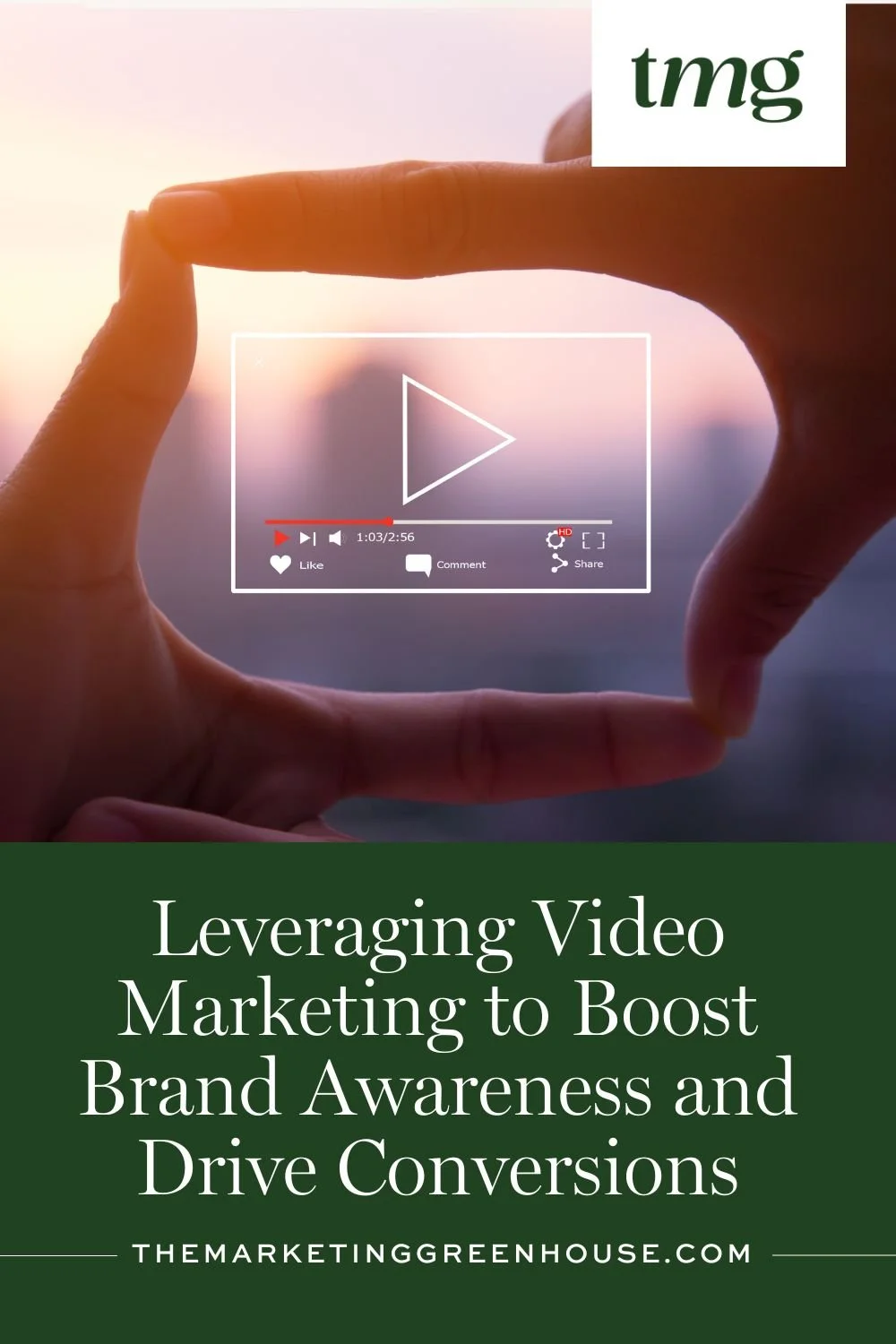Leveraging Video Marketing to Boost Brand Awareness and Drive Conversions
In the ever-evolving digital landscape, businesses must innovate and adapt to stay competitive and captivate their audiences. One powerful marketing tactic that has emerged as a game-changer in recent years is video marketing. With its unparalleled ability to engage viewers and convey complex messages easily, video marketing has quickly risen to the forefront of effective marketing strategies. By incorporating video into your marketing efforts, you can significantly enhance brand awareness, foster a deeper connection with your target audience, and drive higher conversion rates.
In this comprehensive guide, we will delve into the world of video marketing and explore its immense potential for driving business growth. We will discuss the different types of video content available for marketing purposes and provide practical tips for creating engaging, shareable videos that captivate your audience. Additionally, we will offer insights into harnessing the right channels for video distribution and promotion, as well as measuring the success of your video marketing efforts. So, let's embark on this exciting journey and unlock the remarkable potential of video marketing to transform your business and redefine its success.
The Power of Video Marketing in Today's Business Landscape
As consumers increasingly turn to visual and interactive content, businesses that adapt and invest in video marketing gain a competitive edge. With its dynamic nature and widespread appeal, video marketing offers numerous benefits, such as:
1. Higher engagement: Video content is inherently more engaging than text or static images, as it combines visuals, sound, and movement to tell compelling stories.
2. Increased brand awareness: Videos leave lasting impressions, making them a powerful tool for boosting brand visibility and recognition.
3. Greater information retention: Studies show that viewers are more likely to retain information presented visually, increasing the likelihood of your message sticking.
4. Improved SEO ranking: Search engines prioritize websites with engaging content, including video, making video marketing an essential part of a strong SEO strategy.
5. Higher conversion rates: Video content gives consumers an in-depth look at your products or services, helping them make informed decisions and promoting higher conversion rates.
Types of Video Content for Business Marketing
To develop a successful video marketing strategy, explore various video formats to find the ones that best suit your brand and objectives. Some popular types of video content include:
1. Explainer videos: These short, informative videos break down complex topics or products, making them easier for viewers to digest and understand.
2. Product demos: Showcase the features and benefits of your products or services through demonstrations that highlight their value proposition.
3. Testimonials and case studies: Tell success stories featuring satisfied customers or present case studies to establish trust and credibility with your audience.
4. Webinars and educational content: Provide value to your viewers by offering expert insights or teaching valuable skills relevant to their interests.
5. Live videos: Connect with your audience in real-time through live streaming platforms such as Facebook Live, Instagram Live, or YouTube Live.
6. Video ads: Utilize targeted advertising on platforms like YouTube or Facebook to reach new audiences and drive conversions.
Tips for Creating Engaging and Shareable Video Content
To captivate your audience and maximize the reach of your videos, follow these best practices for creating engaging and shareable content:
1. Know your audience: Develop a deep understanding of your target audience’s preferences, challenges, and interests to create video content that resonates with them.
2. Define your objectives: Establish clear goals for each video, whether it’s increasing brand awareness, generating leads, or driving sales.
3. Craft a compelling story: Utilize storytelling techniques to evoke emotions and invoke curiosity, making your videos memorable and impactful.
4. Focus on quality: Invest in high-quality equipment, editing software, and skilled professionals to create polished content that reflects your brand’s reputation.
5. Optimize for mobile: Design your videos with mobile viewers in mind, ensuring they look and sound great on all devices.
6. Include clear CTAs: Drive viewers toward your desired action by incorporating explicit call-to-actions (CTAs) in your videos.
7. Keep it short and sweet: Capture your audience’s attention with concise videos that effectively convey your message without overwhelming them.
Harnessing the Right Channels for Video Distribution and Promotion
Selecting the appropriate channels for distributing and promoting your video content is crucial to achieving your marketing goals. Consider using these popular platforms:
1. Your website: Embed videos on your site to enhance existing content, showcase products or services, or provide educational resources.
2. Social media: Utilize platforms like Facebook, Instagram, LinkedIn, and Twitter to share your videos, engage with followers, and reach new audiences.
3. YouTube: Create a brand channel on YouTube to host your video content, optimize videos for search, and take advantage of the platform’s potential for virality.
4. Email marketing: Incorporate videos into your email campaigns, as studies show that including video in emails can increase click-through rates significantly.
5. Paid advertising: Utilize video advertising through platforms like YouTube, Facebook, and Instagram to target specific demographics or audiences based on user data.
Measuring the Success of Video Marketing Efforts
To evaluate the effectiveness of your video marketing strategy, track key performance indicators (KPIs) such as:
1. View count: The number of times your video was viewed, indicating its reach and popularity.
2. Engagement rate: The percentage of viewers who interacted with your video through likes, comments, or shares, reflecting the content’s resonance and shareability.
3. Watch time: The amount of time viewers spent watching your video, providing insights into viewer retention and content effectiveness.
4. Click-through rate: The percentage of viewers who clicked a CTA, assessing the video’s ability to drive desired actions.
5. Conversion rate: The percentage of viewers who completed a specific action like making a purchase or signing up for a newsletter after watching your video.
Revolutionizing Marketing Strategy with Video Marketing
In this digital era, video marketing offers businesses a powerful means of engaging audiences and driving conversions. By leveraging various types of video content, creating compelling stories, and distributing them through the right channels, you can significantly boost brand awareness and achieve business success.
At The Marketing Greenhouse, we specialize in crafting customized marketing strategies, including video marketing, tailored to meet your unique needs. Contact our branding experts today to learn more about how we can help propel your business to new heights through the transformative power of video marketing.




